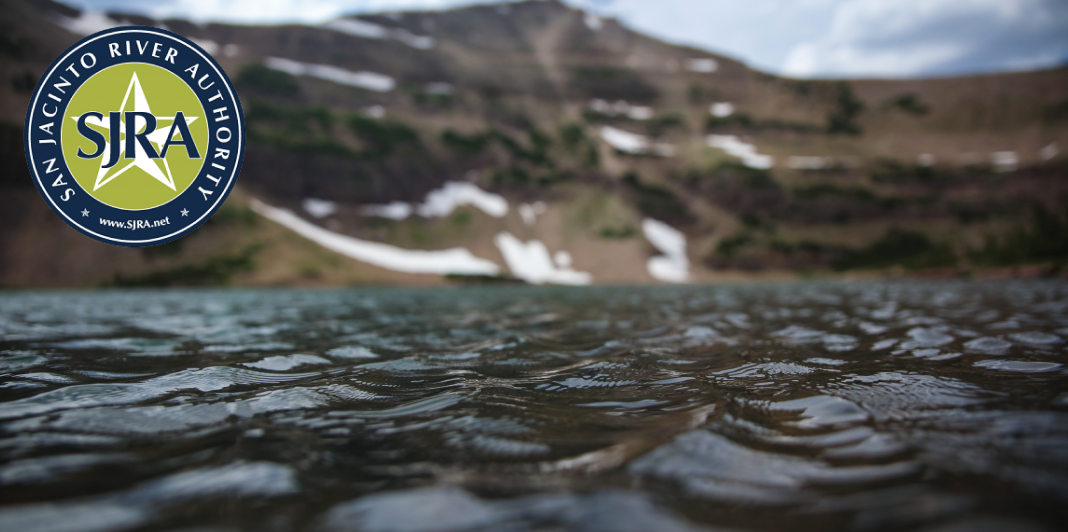For more than 40 years, aquatic vegetation has been a matter of concern on Lake Conroe. The San Jacinto River Authority (SJRA) and Texas Parks and Wildlife (TPWD) are close and collaborative partners in the on-going effort to manage aquatic vegetation in the lake. Though spearheaded by SJRA and TPWD, the program has grown because of the ongoing contributions of many area stakeholders representing multiple interests. The Seven Coves Bass Club and Lake Conroe Association in particular have been staunch supporters of aquatic plant management and have had a major influence on the program’s growth.
The idea of “management” within the context of aquatic plants, includes both native as well as exotic (i.e. non-native/invasive) species. The overall objective is to maximize the amount of native plants while limiting exotic species to an acceptable level. As eloquently described by TPWD Fisheries Biologist, Alice Best, in last month’s issue of Dock Line, these exotic plants can be very aggressive, often out-compete native plants for existence, cause a multitude of undesirable consequences and upset the delicate balance of the natural ecology. One of the most significant and impactful effects of exotic plants is that they can form such large, dense mats that they can severely limit recreational opportunities on the lake. In fact, certain plants can become so entangled in boat propellers that they can render vessels virtually inoperable. Though well intended, certain methods used to control exotic species often also reduce the amount of native vegetation.
Shortly after the reservoir filled in 1973, the exotic plant, water hyacinth, was first identified. Over the years, other exotic species have found their way into Lake Conroe including giant salvinia, crested floating heart, and hydrilla. Historically, the two most troublesome in terms of the labor and expense to control are hydrilla and giant salvinia. Once established, eradication is simply not a realistic objective. Therefore, a sustained maintenance program is essential. Both SJRA and TPWD have active exotic-plant treatment programs and each dedicates an extensive amount of time and resources, including experienced, licensed applicators to help fight the battle.
A truly successful management program must be equally as committed to native plant restoration as it is to exotic species control. Therefore, SJRA and TPWD are both fully committed to this vitally important aspect of the overall aquatic plant management program. As previously acknowledged as being a major stakeholder and partner in the quest to maintain native plant species, several years ago, the Seven Coves Bass Club constructed an aquatic plant nursery on the SJRA Lake Conroe campus. The Nursery, which consists of eight individual waterproofed wooden troughs, is used to grow a variety of native plant species. Plants grown in the nursery are propagated from clippings of “mother plants” that have been well established in the reservoir from previous planting efforts. Those grown in the nursery in any given year can be transferred back into the reservoir the following year in a continuous, self-sustaining cycle. Each year an estimated 600 plants are transferred from the nursery back into Lake Conroe. Transplanting excursions often include the assistance of volunteers passionate about preserving the overall health of the lake’s ecology.
In 2020, SJRA decided to try something new and create a living nursery test and demonstration site at the west end of the Lake Conroe Dam. For this, project staff chose to plant Bull Rush, Water Willow, Pickerelweed, and White Water Lilly. The test site will give SJRA a chance to monitor the growth patterns of each species thus providing insights on survival and proliferation rates once plants have been re-introduced into the natural shoreline of the lake. This living nursery will also serve as erosion control, provide suitable fish habitat, create educational opportunities, and act as a secondary nursery for future clippings and propagation. From the beginning, the plan has been to establish native plant colonies on the north end of the lake that, once established, would reproduce through mechanisms such as seeds and fragmentation, allowing plants to migrate to and populate other areas of the shoreline.
A stakeholder meeting was held on September 10th to allow for an open forum to discuss the current status of aquatic plants in Lake Conroe, the effectiveness of control and restoration efforts, and to outline a unified path forward.
One of the major river authorities in Texas, SJRA’s mission is to develop, conserve, and protect the water resources of the San Jacinto River basin. Covering all or part of seven counties, the organization’s jurisdiction includes the entire San Jacinto River watershed, excluding Harris County. For additional information on SJRA visit our website at www.sjra.net, like SJRA on Facebook @SanJacintoRiverAuthority, follow us on Twitter @SJRA_1937, find us on Instagram @sanjacintoriverauthoritySJRA, or connect with us on LinkedIn @San Jacinto River Authority.















